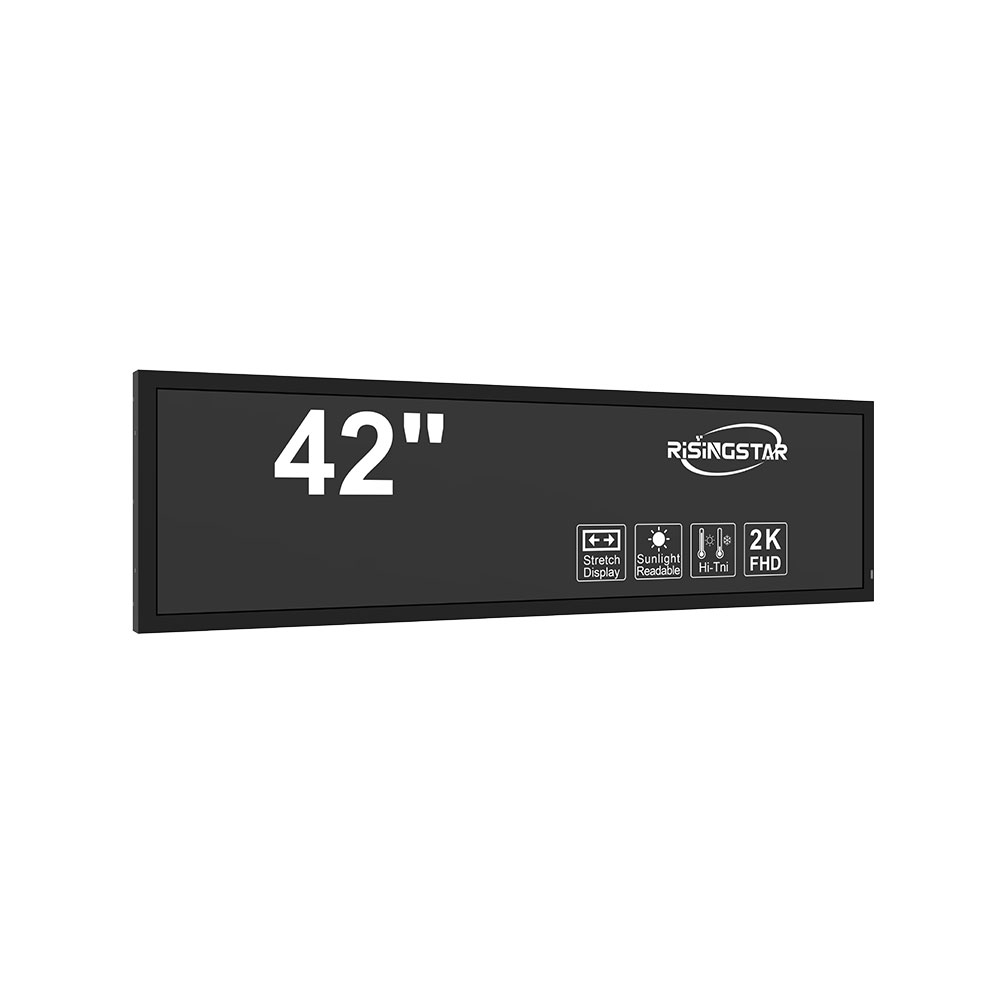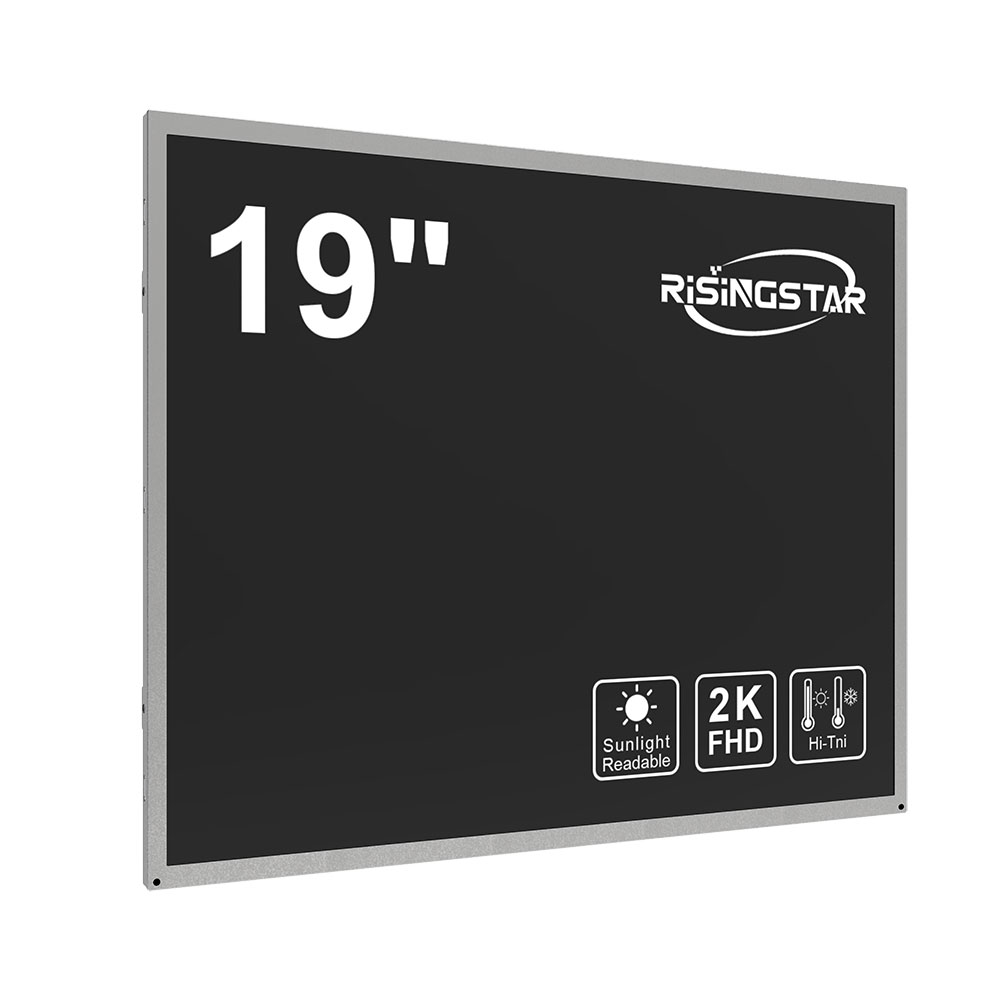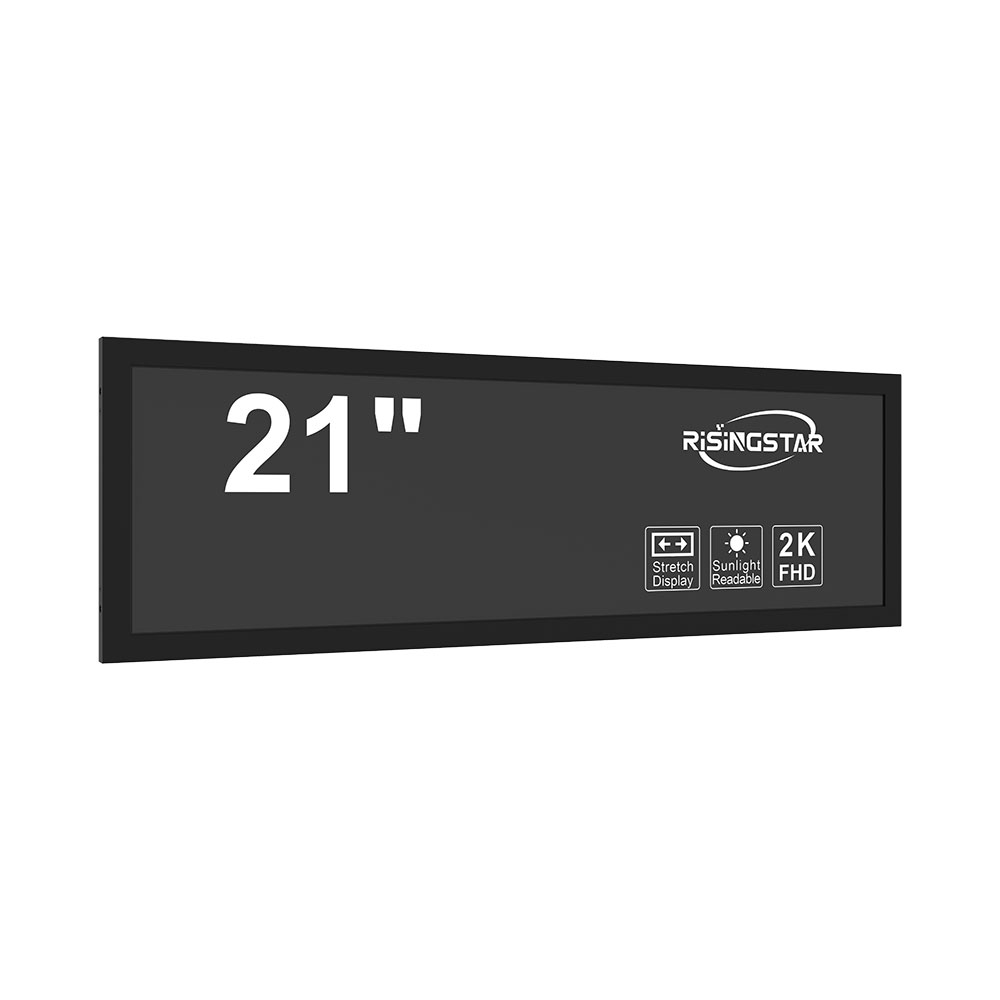- Home
- About Us
- Products
- News
- Video
- Contact
- Send Inquiry
Search
- Home
- About Us
- Products
- News
- Video
- Contact
- Send Inquiry

When selecting a display technology for outdoor applications—such as digital signage, public information kiosks, or vehicle-mounted monitors—the choice between LCD and OLED screens is critical. Both technologies have distinct advantages and limitations, particularly in brightness, contrast, power efficiency, and environmental resilience. Understanding these differences ensures optimal performance under real-world conditions.
LCD (Liquid Crystal Display) screens remain the most widely used option for outdoor high-brightness displays due to their cost-effectiveness, mature manufacturing processes, and robustness in extreme temperatures. Modern LED-backlit LCDs can achieve brightness levels exceeding 5,000 nits—essential for visibility under direct sunlight. For instance, the Philips Outdoor LCD Series and Samsung’s Digital Signage displays are commonly deployed in urban transit hubs where ambient light varies dramatically throughout the day. However, LCDs typically offer lower contrast ratios because they rely on a backlight that remains active even during black scenes, leading to a "grayish" appearance in dark environments.

In contrast, OLED (Organic Light-Emitting Diode) displays produce self-emissive pixels, meaning each pixel generates its own light without a separate backlight. This results in deeper blacks, infinite contrast ratios, and superior color accuracy—making OLED ideal for premium outdoor signage in controlled environments like shopping malls or luxury retail spaces. The LG Signature OLED TV series demonstrates how OLED technology achieves exceptional visual quality even at lower brightness levels. Yet, traditional OLEDs have historically struggled with burn-in risk and limited peak brightness (typically below 1,000 nits), making them less suitable for full-sun exposure unless advanced materials like MicroLED hybrid OLED or new-generation blue phosphorescent emitters are used.
Recent advancements in OLED manufacturing—including the development of ultra-high-brightness OLED panels by companies like Sony and BOE—are narrowing this gap. For example, BOE’s “Bright OLED” solution now supports up to 3,000 nits, significantly improving outdoor usability. Additionally, the rise of flexible OLED screens allows for curved or wrap-around signage, offering design flexibility that rigid LCDs cannot match.
From an energy standpoint, OLEDs consume less power when displaying darker content since inactive pixels emit no light—ideal for dynamic outdoor content featuring mostly dark backgrounds. In contrast, LCDs require continuous backlight illumination regardless of image content, increasing power draw in bright scenes. This makes OLED a more sustainable option in low-light or nighttime operations.

Environmental durability is another key factor. LCDs generally withstand harsher weather conditions, including wide temperature ranges (-30°C to +60°C), thanks to ruggedized housing and anti-glare coatings. OLEDs, while more sensitive to humidity and prolonged UV exposure, benefit from improved encapsulation techniques such as atomic layer deposition (ALD), which enhances longevity in outdoor settings.

Ultimately, the decision between LCD and OLED for outdoor applications should be guided by use case requirements: if maximum brightness, reliability, and budget constraints dominate, LCD remains the industry standard. If premium image quality, energy efficiency, and innovative form factors are priorities, next-gen OLED offers compelling benefits. As global demand for intelligent outdoor displays grows—driven by smart city initiatives and interactive advertising—the convergence of both technologies will continue to redefine what’s possible in public-facing visual communication.